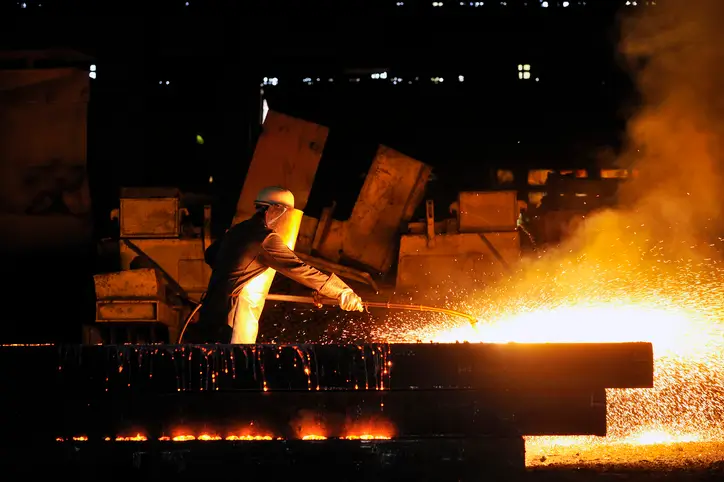What is Hot Work?
In many industries, especially construction, manufacturing, and shipbuilding, tasks involving heat are common. These tasks, collectively known as hot work, are essential but inherently hazardous. Understanding what hot work is, the associated risks, and how to control those risks is vital for ensuring workplace safety.
Defining Hot Work
Hot work refers to any activity that involves open flames, produces heat or sparks, or has the potential to ignite flammable materials in the work area. Common types of hot work include:
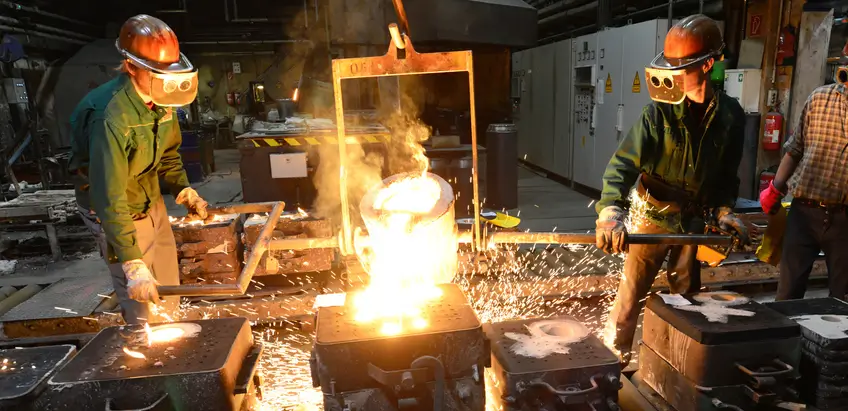
- Welding and cutting
- Grinding and brazing
- Soldering
- Torch-applied roofing
- Using heat guns or blow lamps
These activities typically occur in environments where flammable gases, vapors, or combustible materials are present, making them particularly dangerous without adequate precautions.
The Health and Safety Executive (HSE) and other regulatory bodies categorize hot work as high-risk, requiring stringent control measures, including hot work permits, proper training, and protective equipment.
Common Hot Work Hazards
Hot work presents several safety hazards that can lead to serious injuries or fatalities if not properly controlled. These include:
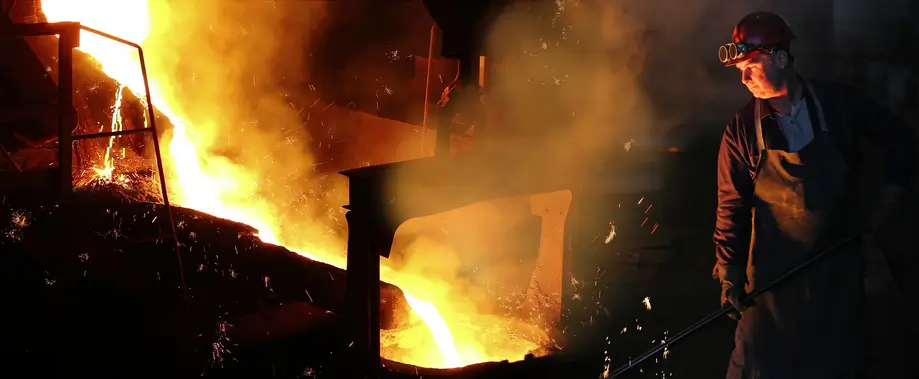
1. Fire and Explosion Risk
The most obvious and significant hazard is the risk of fire or explosion. Sparks or molten materials from hot work can ignite flammable substances in the vicinity, including dust, vapors, or residue in tanks and pipes.
2. Burn Injuries
Workers performing hot work are at risk of serious burns due to exposure to open flames, hot surfaces, or flying sparks.
3. Toxic Fumes and Gases
Many hot work activities generate hazardous fumes. For example, welding certain metals can produce toxic gases that pose a respiratory hazard. In confined spaces, this risk is heightened due to limited ventilation.
4. Eye Injuries
Bright light and sparks can damage the eyes. Without appropriate eye protection, workers are vulnerable to arc eye (a painful condition caused by ultraviolet radiation), flying debris, and burns.
5. Explosion in Confined Spaces
In environments like tanks or silos, flammable vapors can build up and lead to devastating explosions when exposed to a spark or flame.
The Importance of a Hot Work Permit
A hot work permit is a formal authorization that allows hot work to be carried out in a designated area for a specified time. It is a critical part of a Permit to Work (PTW) system, which ensures that all hazards have been assessed and necessary precautions are in place before work begins.

The hot work permit typically includes the following:
- Details of the specific task
- Location of the work
- Duration of the work
- Fire watch requirements
- Precautions and controls (e.g., fire blankets, extinguishers)
- Authorization and signatures
Before issuing the permit, a competent person must assess the work environment and confirm that the area is free of combustible materials or that adequate shielding and fire prevention measures are in place.
When is a Hot Work Permit Required?
A hot work permit is required whenever hot work is performed outside a designated hot work area, especially in locations with potential fire risks. This includes:
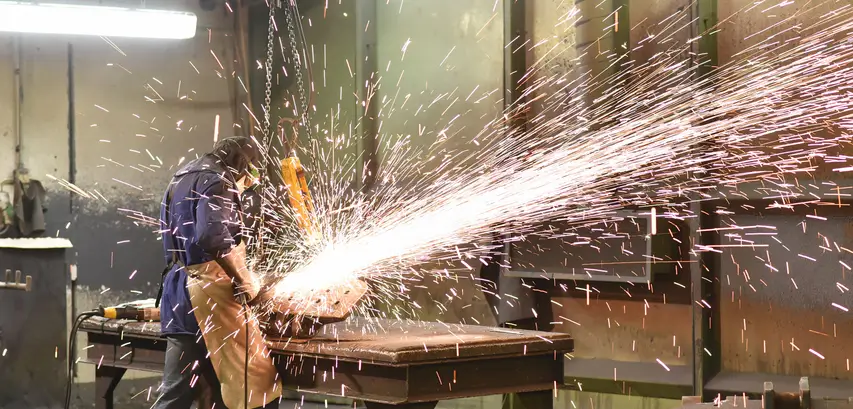
- Construction sites
- Chemical plants
- Warehouses
- Commercial and residential buildings
- Oil and gas facilities
- Confined spaces
Even tasks that may seem routine or low-risk, like soldering copper pipes in a maintenance room, require a permit if there is a fire risk.
Hot Work Safety Precautions
To minimize the risks associated with hot work, employers and workers must implement several safety precautions:
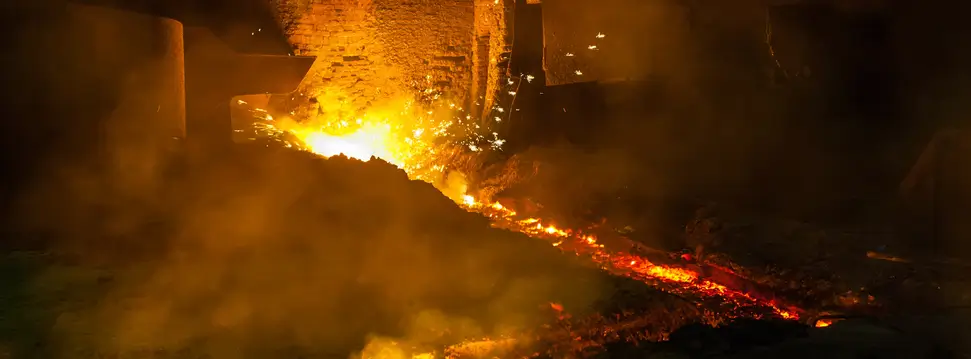
1. Conduct a Risk Assessment
Before starting, conduct a thorough risk assessment to identify hazards, evaluate who may be harmed, and determine control measures.
2. Clear the Work Area
Remove all flammable and combustible materials within a minimum 10-meter radius of the hot work. If removal is not possible, use fire-resistant blankets, curtains, or shields to protect nearby materials.
3. Ventilation
Ensure the area is well-ventilated to avoid the buildup of fumes and gases. In confined spaces, forced ventilation may be necessary.
4. Personal Protective Equipment (PPE)
Workers must wear appropriate PPE, including:
- Flame-resistant clothing
- Welding gloves
- Eye and face protection (e.g., welding goggles or shields)
- Respiratory protection, if required
5. Fire Watch
Appoint a trained fire watch who remains on duty during the work and for at least 30 minutes afterward to monitor for signs of fire.
6. Fire Extinguishers and Alarms
Ensure that suitable fire extinguishers are readily accessible and that fire alarms are operational. Workers should be trained to use extinguishers effectively.
7. Training
Only trained and authorized personnel should perform hot work. Hot work training should cover hazard recognition, proper equipment use, emergency response, and permit procedures.
Designated Hot Work Areas

Designated hot work areas are specially equipped zones for safe welding, cutting, or similar tasks. Built with non-combustible materials, fixed ventilation, and fire suppression systems, they reduce fire risks. While permits may not be required, strict supervision and controls are essential to maintain safety and adherence during all hot work activities.
Regulatory and Legal Considerations

Employers have a legal duty under health and safety regulations to manage hot work safely. In the UK, this responsibility falls under the Health and Safety at Work Act 1974 and the Management of Health and Safety at Work Regulations 1999. Failure to control hot work risks can result in enforcement action, fines, or imprisonment.
Globally, similar standards apply. For example, in the US, OSHA (Occupational Safety and Health Administration) sets out requirements for welding, cutting, and brazing under 29 CFR 1910 Subpart Q.
Real-Life Incidents and Lessons Learned

Improper hot work procedures have caused numerous fires and explosions. Incidents often occur when work is performed without permits or proper safety controls. A 2009 US fuel depot explosion caused by welding near a vapor-filled tank underscores the need for risk assessments, worker training, and strict adherence to protocols to prevent tragic, avoidable accidents.
Conclusion
Hot work is essential in many industries, but it carries significant risks that must be effectively managed. Understanding what hot work is, recognizing when a hot work permit is required, and implementing stringent control measures can prevent accidents, protect workers, and ensure adherence with legal requirements.
Employers and workers alike share the responsibility of making hot work as safe as possible. With proper planning, risk assessment, training, and monitoring, hot work can be conducted safely and efficiently without compromising the well-being of personnel or the integrity of facilities.
Related Posts

Workplace Safety Survey: What 500 U.S. Workers Revealed

Top Technologies Transforming Workplace Safety in 2025


